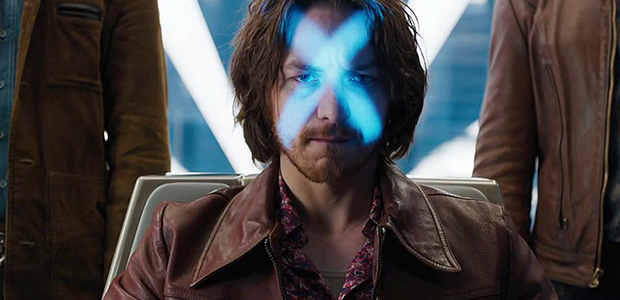
Blending together both the original X-men film series and its reboot/prequel from a few years ago, X-men: Days of Future Past serves a unique superhero motion picture concoction that returns the franchise to its glory days. The chance to see 2 sets of great actors from both timelines is certainly one of the films major draws, but what really helps make a difference is having director Bryan Singer back at the helm.
Taking inspiration from the short, post apocalyptic X-men storyline of the same name, the film quite ingeniously turns the plot, which features Wolverine in the near future time travelling into the past to prevent an assassination that would trigger the creation of the deadly mutant hunting robots called Sentinels, into a cinematic tool that merges two different celluloid periods. This conscious unification has deeper ramifications as well, it fixes the X-men’s cinematic universe – in this world Brett Ratner’s dreadful X-men: The Last Stand never happened.
That isn’t the only amalgamation the film performs. Like it’s prequel (X-men First Class), Days of Future Past also effortlessly links history and pop culture. There are 70’s references aplenty (which is the films dominant time period) while the script effortlessly interweaves major real world events with mutant lore. Throughout all this, the story jumps many times into the future where Professor Xavier and his gifted students prepare for the next Sentinel onslaught, all while hoping that Wolverine’s quest to change the past will succeed before their next skirmish.
The choice of Wolverine as the time-traveller deserves some reflection. In the original comic book storyline, it was Kitty Pryde who made this journey, but owing to audience’s familiarity with Logan and the fact that his regenerative abilities almost seem to stall his aging, him being chosen for the task just makes more sense here. As a character Hugh Jackman’s Wolverine is completely in his element, more so than he’s ever been in any of his two solo adventures onscreen (these films might as well be re-titled “Wolverine and the X-men”). Singer’s skillful manipulation of characters abilities also manages to lift the film from simple super-hero saga to something that audiences really invest in. Witness how even minor mutant character’s such as Blink, with her teleportation abilities, are dexterously portrayed to their fullest potential in the films arresting opening.
There are worlds that comic books can create, with text and art, which movies never can. But cinema is a more expressive medium and with the added benefit of sound, the potential for eliciting awe is both easier and boundless. Singer is shrewd enough to understand this well and puts this to marvelous, almost poetic use, most notably in an extended sequence where Quicksilver frees Magneto from a high security prison deep within the Pentagon. The entire segment doesn’t just serve as the absolute highlight of the film but quite possibly of the series as a whole (that Quicksilver, but not the actor playing him, will also make an appearance in the next Avengers film presents a conundrum for audiences and a challenge for Joss Whedon). On the whole though, this is a near perfect example of superhero film done right and Singer’s best work since the monumental X2. The only thing that would have made this even better would have been a Stan Lee cameo.
Rating: 



